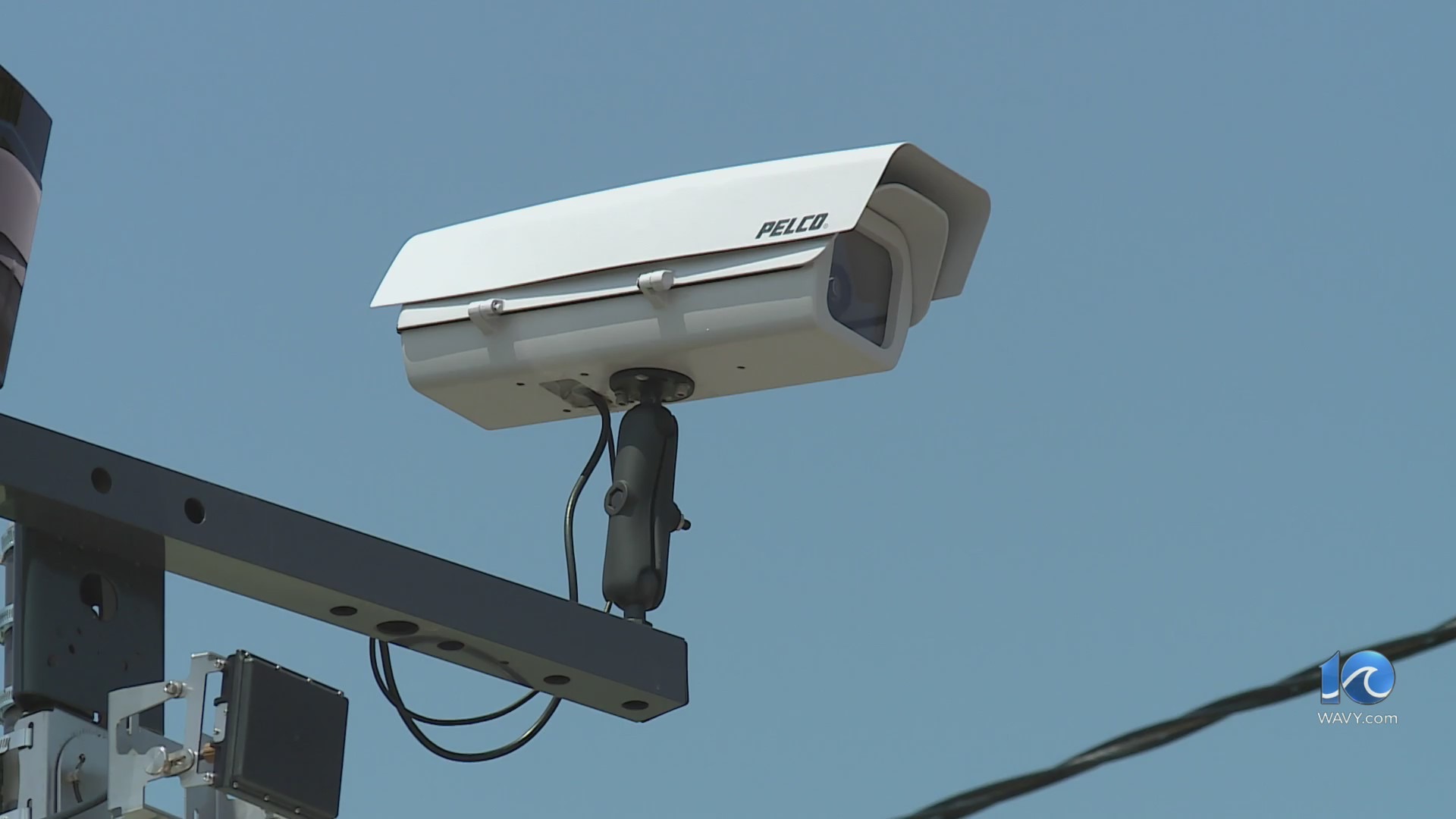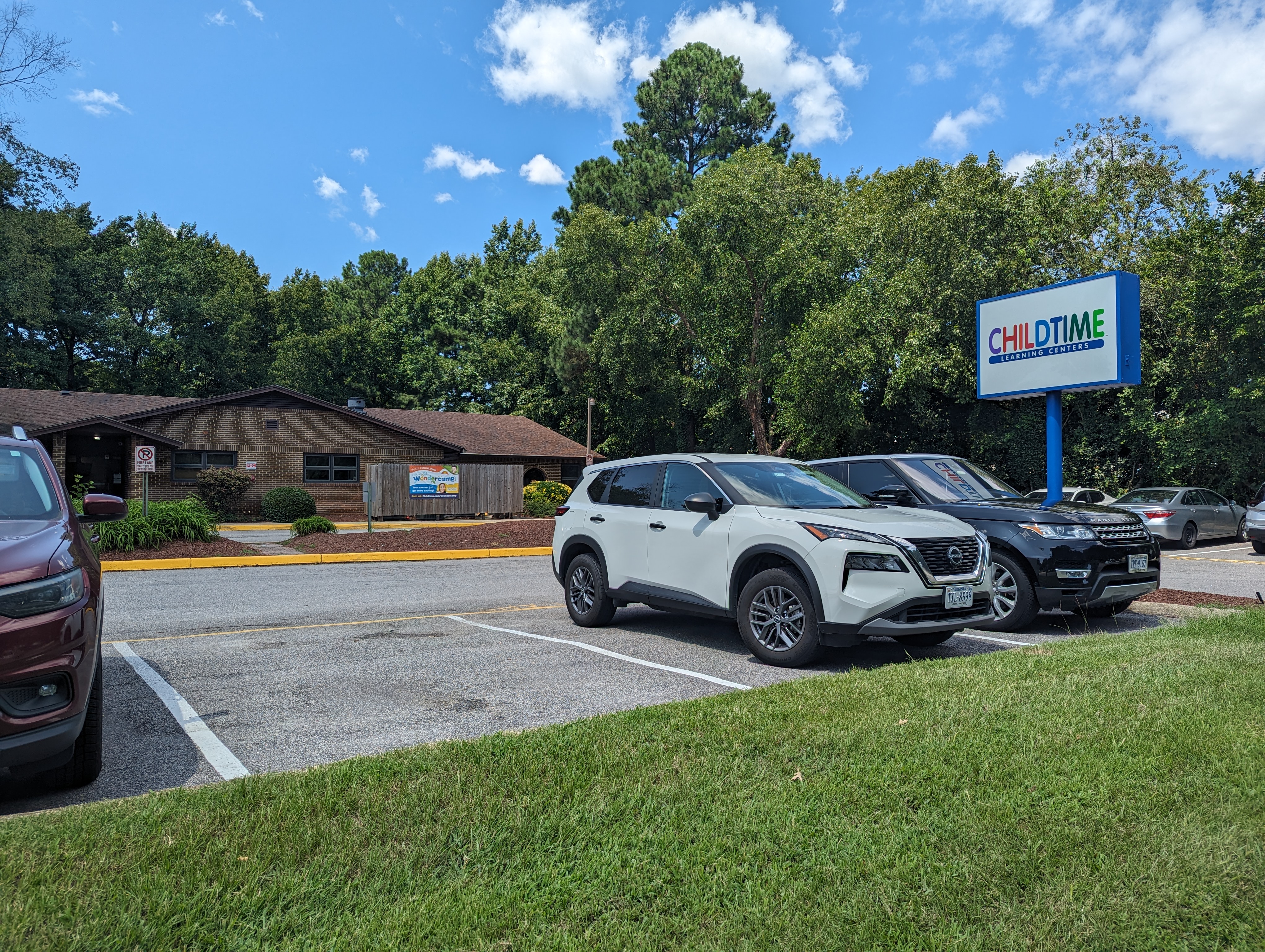Russia unleashed one of its largest aerial assaults on Ukraine in recent months, only hours before the U.K. and Germany are to chair a meeting to discuss U.S. President Donald Trump’s plans for NATO allies to provide Ukraine with weapons.
The attack killed two people and wounded 15, including a 12-year-old, Ukrainian President Volodymyr Zelenskyy said.
In Kyiv’s Shevchenkivskyi district, a drone struck the entrance to a subway station where people had taken cover. Videos posted on social media showed the station platform engulfed by smoke, with dozens of people inside. Kyiv Mayor Vitalii Klitschko said the station had to be ventilated in what he called an “enhanced mode.”
The heaviest strikes hit Kyiv’s Darnytskyi district, where a kindergarten, supermarket and warehouse facilities caught fire.
French Foreign Minister Jean-Noël Barrot arrived in Kyiv on Monday and visited some of the damage.
The hourslong drone and missile assault on Kyiv overnight into Monday underscored the urgency of Ukraine’s need for further Western military aid, especially in air defense, a week after Trump said deliveries would arrive in Ukraine within days.
US defense chief and NATO leader will attend Ukraine meet
ing
The virtual meeting will be led by British Defense Secretary John Healey and his German counterpart Boris Pistorius. Healey said U.S. Defense Secretary Pete Hegseth and NATO leader Mark Rutte, as well as NATO’s Supreme Allied Commander Europe, Gen. Alexus Grynkewich, will attend the meeting of the Ukraine Defense Contact Group.
Moscow has intensified its long-range attacks on Ukrainian cities, and analysts say the barrages are likely to escalate as Russian drone production expands.
In an shift of tone toward Russia, Trump last week gave Moscow a 50-day deadline to agree to a ceasefire or face tougher sanctions.
At Monday’s meeting, Healey was expected to urge Ukraine’s Western partners to launch a coincidental “50-day drive” to get Kyiv the weapons it needs to fight Russia’s bigger army and force Russian President Vladimir Putin to the negotiating table, the U.K. government said in a statement.
Trump’s arms plan, announced a week ago, involves European nations sending American weapons to Ukraine via NATO — either from existing stockpiles or buying and donating new ones. The U.S. president indicated discussions were partly focused on advanced Patriot air defense systems and said a week ago that deliveries would begin “within days.”
But last week various senior officials suggested no transfers had yet taken place.
NATO’s Grynkewich told The Associated Press on Thursday that “preparations are underway” for weapons transfers to Ukraine while U.S. Ambassador to NATO Matthew Whitaker said he couldn’t give a time frame.
Ukraine wants American-made Patriot missile systems
Germany has said it offered to finance two new Patriot systems for Ukraine and raised the possibility of supplying systems it already owns and having them replaced by the U.S.
But delivery could take time, German Chancellor Friedrich Merz suggested, because “they have to be transported, they have to be set up; that is not a question of hours, it is a question of days, perhaps weeks.”
Other Patriot systems could come thanks to Switzerland, whose defense ministry said Thursday it was informed by the U.S. Defense Department that it will “reprioritize the delivery” of five previously ordered systems to support Ukraine.
While Ukraine waits for Patriots, a senior NATO official said the alliance is still coordinating the delivery of other military aid — such as ammunition and artillery rounds — which includes aid from the U.S. that was briefly paused. The official spoke on condition of anonymity to discuss sensitive matters.
Zelenskyy said Saturday that his officials have proposed a new round of peace talks this week. Russian state media on Sunday reported that no date has yet been set for the negotiations, but said that Istanbul would likely remain the host city. The Kremlin spokesman said Sunday that Russia is open to peace with Ukraine, but achieving its goals remains a priority.
Ukraine also fires drones at Moscow
The overnight Russian barrage of Kyiv began shortly after midnight and continued until around 6 a.m. Residents of the capital were kept awake by machine-gun fire, buzzing drone engines and multiple loud explosions.
It was the first major attack on Kyiv since Trump’s special envoy to Ukraine, Keith Kellogg, arrived in the city last Monday. Russia halted strikes on Kyiv during his visit.
Russia’s Ministry of Defense said its attack used drones and Kinzhal hypersonic missiles. It said that the barrage successfully targeted airfield infrastructure and Ukraine’s military-industrial complex.
Ukraine’s air force said Russia launched 426 Shahed and decoy drones overnight Monday, as well as 24 missiles of various types. It said 200 drones were intercepted with 203 more jammed or lost from radars.
Four Ukrainian planes “unintentionally penetrated” Romanian airspace for several minutes but did not pose a threat to national security or civilian lives, Romania’s Ministry of National Defense said. It said the brief incursion occurred as Ukraine took measures to move military aircraft away from airfields in western Ukraine amid the Russian bombardment.
Ukraine, meanwhile, continued to deploy its domestically produced long-range drones. Russia’s Ministry of Defense said that its forces shot down 74 Ukrainian drones overnight, with almost a third of them destroyed close to the Russian capital. Twenty-three drones were shot down in the Moscow region, the ministry said, 15 of which were intercepted over the city itself.
___
Novikov reported from Kyiv, Ukraine. Associated Press writer Stephen McGrath in Bucharest, Romania contributed to this report.
___
Follow AP’s coverage of the war at https://apnews.com/hub/russia-ukraine






